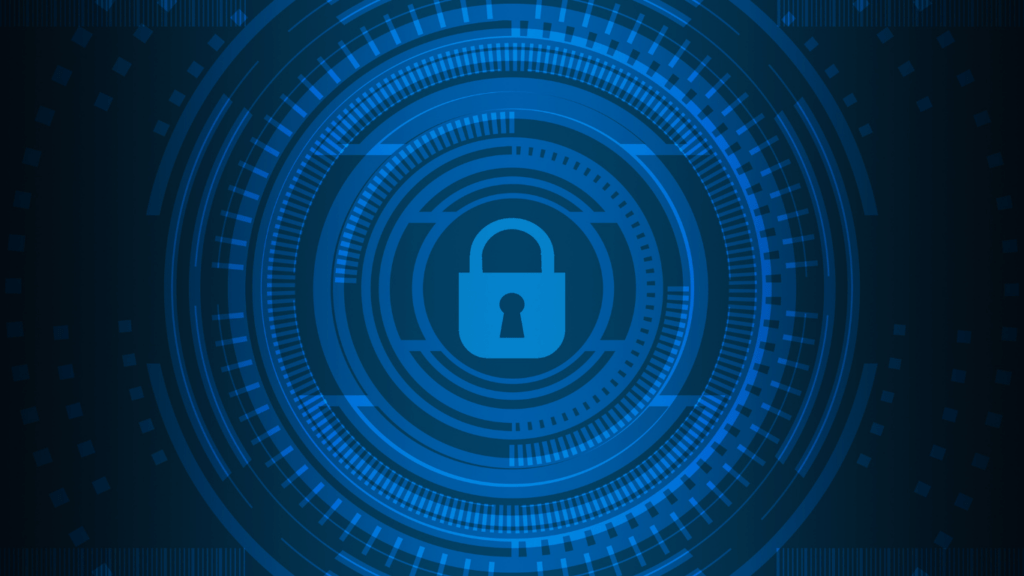The Evolution of Cybersecurity
From Past to Present: Key Milestones
Cybersecurity has undergone significant transformations since its inception. Initially, simple antivirus programs dealt with isolated threats like malware and worms.
By the early 1990s, the rise of the internet saw the emergence of network security measures. Firewalls and intrusion detection systems (IDS) became integral in preventing unauthorized access.
The turn of the millennium brought more sophisticated threats, such as phishing and advanced persistent threats (APTs).
Encryption and multi-factor authentication (MFA) gained prominence as essential security measures.
Post-2010, we witnessed a surge in cybersecurity innovations, including AI-driven threat detection and blockchain technology.
The Role of AI and Machine Learning
AI and machine learning now play pivotal roles in cybersecurity. These technologies enhance threat detection by analyzing vast datasets to identify unusual patterns.
Unlike traditional methods, AI adapts to new threats in real-time, increasing defensive capabilities.
Machine learning algorithms predict potential vulnerabilities, allowing proactive measures. AI-driven systems also improve incident response times by automating threat diagnosis and mitigation.
For instance, AI can detect ransomware activity by recognizing anomalous file such as:
- encryption patterns
- preventing widespread damage
By leveraging these advancements, cybersecurity strategies have become more robust, providing better protection in an increasingly digital world.
Current Challenges in Cybersecurity
1. Rising Sophistication of Cyber Attacks
Cyber attacks have become more sophisticated. Attackers now use advanced methods like spear phishing, ransomware, and zero-day exploits.
Spear phishing targets specific individuals with personalized messages. Ransomware encrypts data and demands payment for decryption keys. Zero-day exploits take advantage of unknown vulnerabilities.
These tactics complicate detection and prevention, requiring advanced solutions.
Recent data breaches at major corporations and governmental agencies demonstrate the increasing complexity of these threats.
Enhanced threat detection, real-time monitoring, and machine learning algorithms are necessary to mitigate these risks.
2. Securing IoT Devices
Securing IoT devices presents significant challenges. Many IoT devices, like smart home gadgets and industrial sensors, have limited security features.
Designers prioritize functionality over security, leaving vulnerabilities. Inadequate firmware updates and weak password policies exacerbate the issue. A 2020 report noted a 300% increase in IoT device attacks.
Effective strategies include enforcing strong encryption, regular firmware updates, and secure authentication protocols. Organizations must adopt these practices to ensure comprehensive security for connected devices.
Advancements in Cybersecurity Technologies

1. Next-Generation Firewalls and Network Security
Next-generation firewalls (NGFWs) offer advanced network security capabilities beyond traditional firewalls.
They inspect packet contents, providing deep packet inspection which allows detection and prevention of complex threats like intrusions and malware.
Unlike traditional firewalls that focus on ports and protocols, NGFWs evaluate traffic across multiple layers, ensuring comprehensive protection.
Additionally, these firewalls integrate with threat intelligence services, updating real-time to block the newest threats.
One example is Palo Alto Networks’ NGFW that uses machine learning to predict and prevent cyber threats, reducing reliance on signature-based detection.
With their ability to enforce policy control based on user identity and application, NGFWs significantly bolster network security.
2. Encryption and Data Anonymization Techniques
Encryption converts data into a secure format, ensuring only authorized parties can decipher it.
Advanced encryption techniques like AES-256 provide robust security for sensitive data, even if intercepted. Regular updates to encryption algorithms maintain their effectiveness against emerging threats.
Data anonymization techniques remove personally identifiable information (PII) from datasets, enabling safe data utilization and sharing.
Methods such as tokenization and differential privacy ensure data remains useful while protecting individual identities.
For instance, Google’s implementation of differential privacy adds random noise to data, preserving user privacy without sacrificing data insights.
These advancements in encryption and anonymization fortify data security, addressing both in-transit and at-rest vulnerabilities.
Impact of Cybersecurity Advances on Industries
1. Healthcare and Financial Sectors
Healthcare and financial sectors, handling sensitive data, benefit significantly from cybersecurity advancements.
AI-driven threat detection and blockchain improve data integrity and privacy in these sectors. For instance, AI algorithms detect anomalies in medical records or financial transactions, minimizing fraud.
Blockchain ensures the secure transfer and storage of healthcare and financial data by decentralizing control and adding tamper-evident features.
Multi-factor authentication (MFA) has become standard practice in these sectors.
Banks and healthcare institutions use MFA to secure online accounts by requiring multiple forms of verification, such as biometrics or OTPs.
Advanced encryption methods like AES-256 protect patient records and financial data against breaches, ensuring confidential information remains inaccessible to unauthorized users.
2. Government and Critical Infrastructure
Government and critical infrastructure sectors are prime targets for cyber attacks, so cybersecurity measures must be robust.
Next-generation firewalls (NGFWs) play a crucial role here by providing enhanced network security through deep packet inspection and integration with threat intelligence services.
These firewalls not only block unauthorized access but also analyze traffic patterns to detect potential threats.
Encryption techniques, such as data anonymization methods like tokenization, protect sensitive information in transit and storage.
Governments use these techniques to secure national databases and critical operation systems.
Secure authentication protocols are also essential, ensuring only authorized personnel can access critical infrastructure systems.
This prevents unauthorized control over essential services like water supply or energy grids.
AI-driven threat detection systems flag unusual activities in real-time, allowing for prompt response to potential threats.
Machine learning models in cybersecurity help predict and mitigate risks in critical infrastructure, enhancing overall safety.
By integrating these advanced technologies, industries can significantly reduce vulnerabilities and enhance their resilience against increasingly sophisticated cyber threats.

